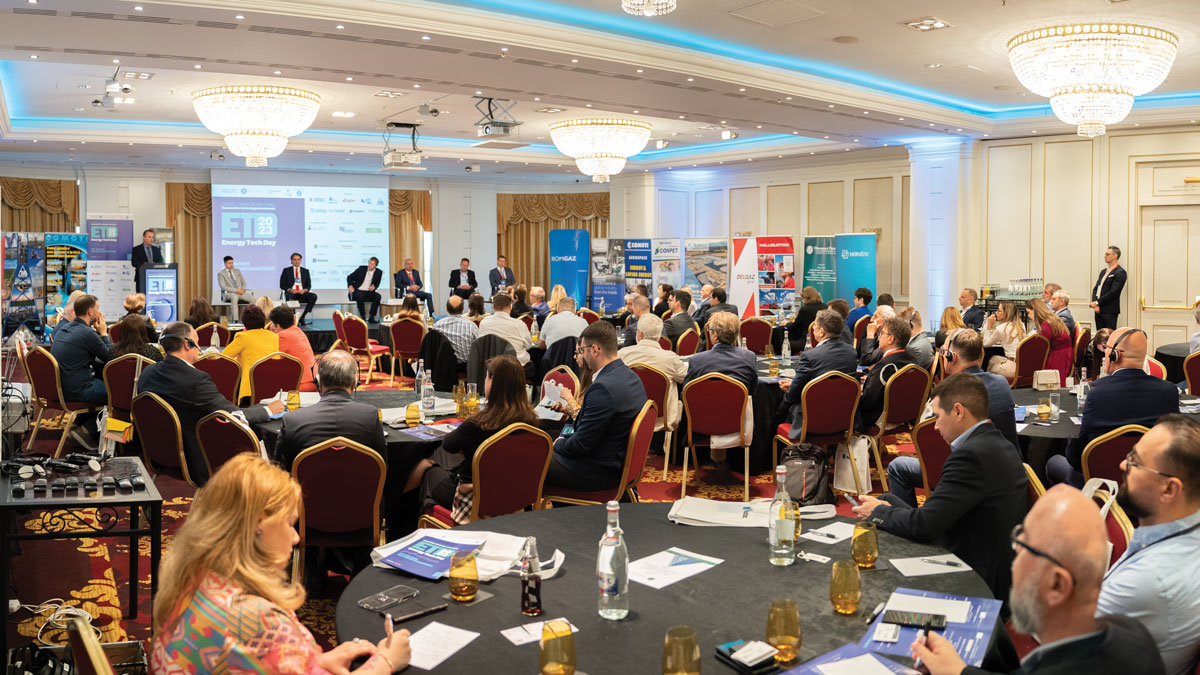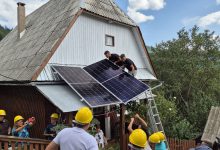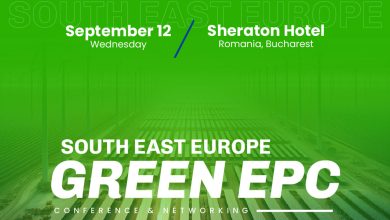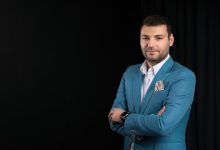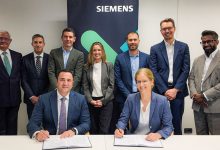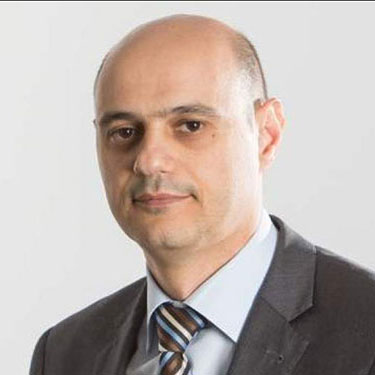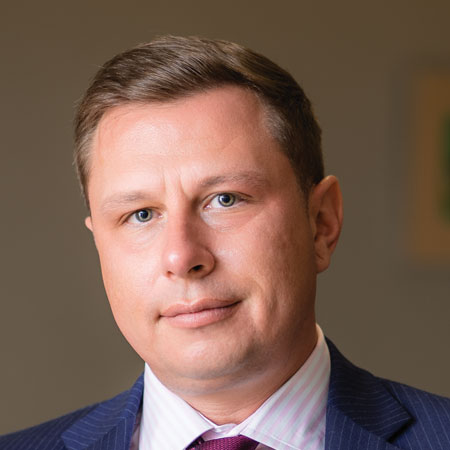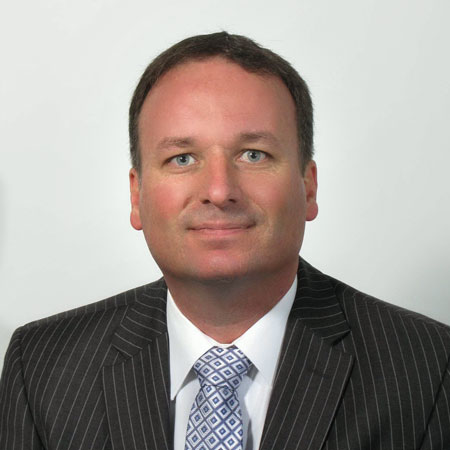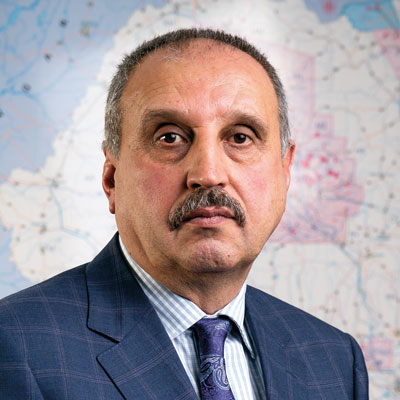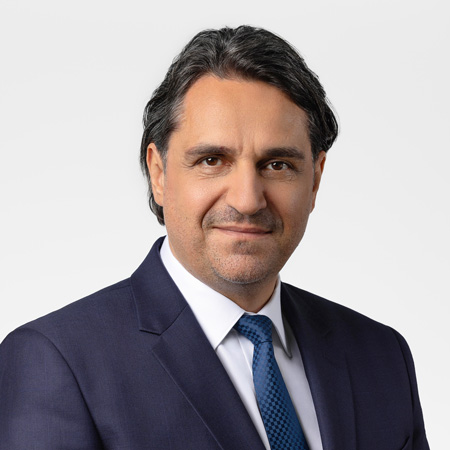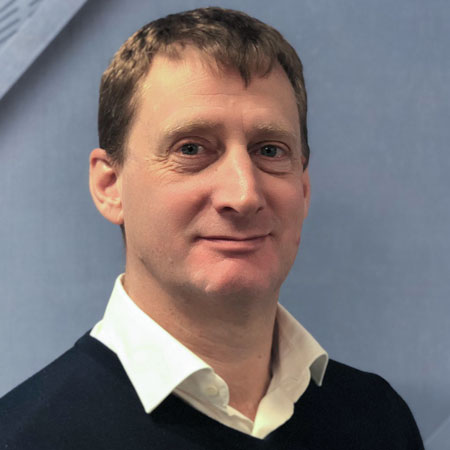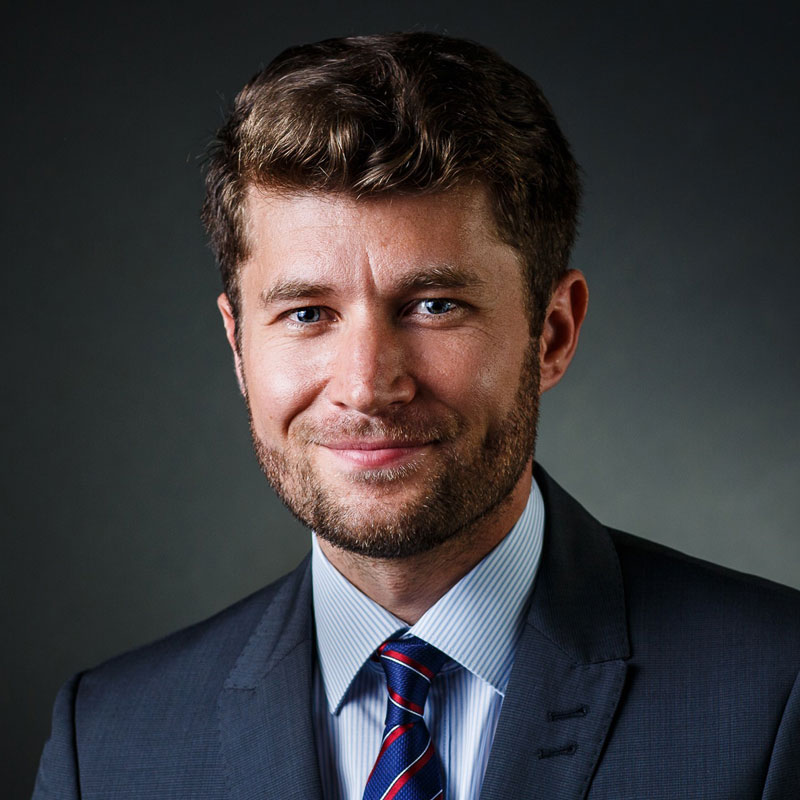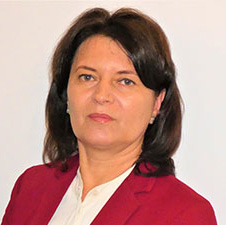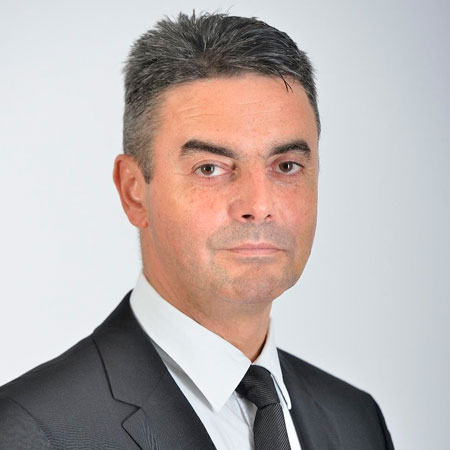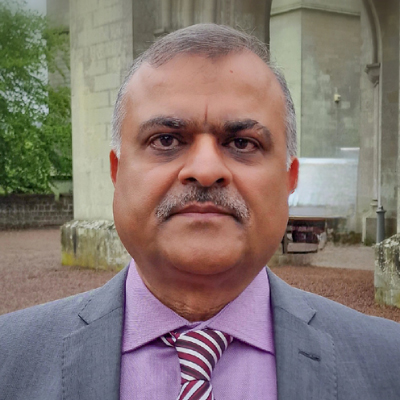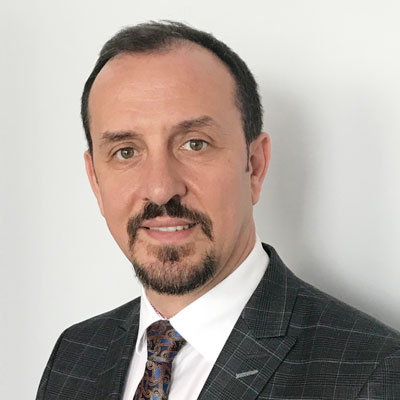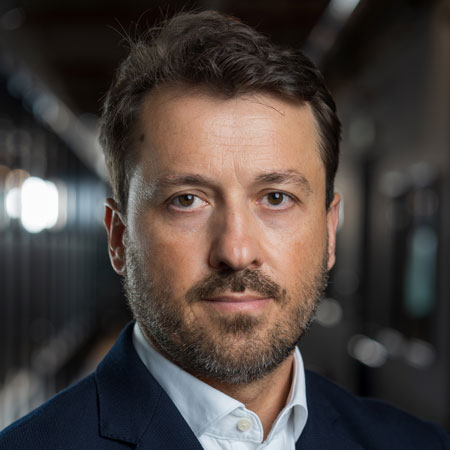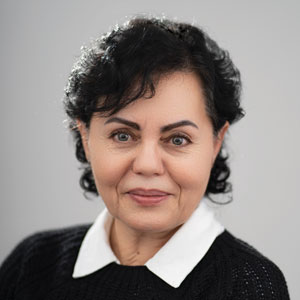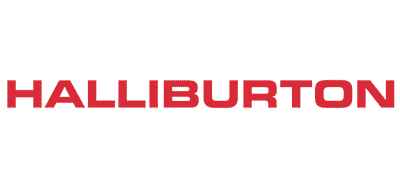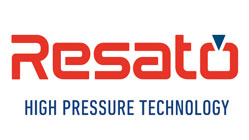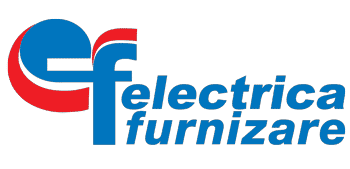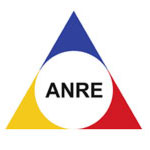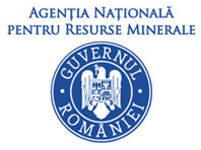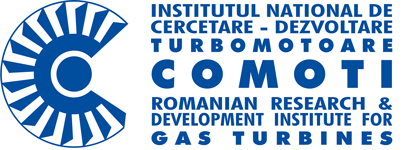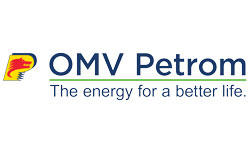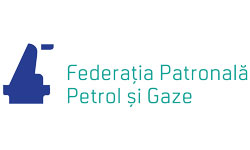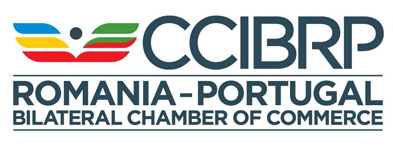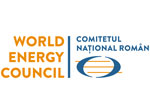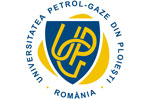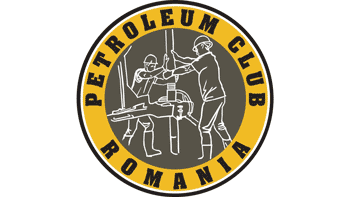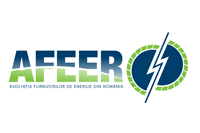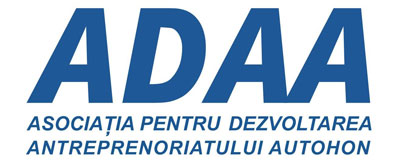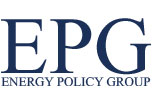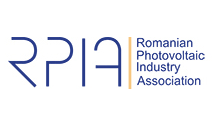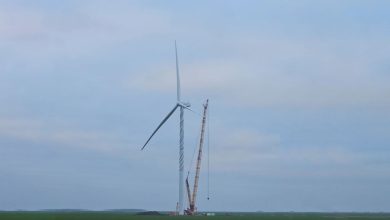Energy Tech Day 2023
Going Carbon Neutral: Responsible Technology Investments
The 4th edition of Energy Tech Day – Going Carbon Neutral: Responsible Technology Investments brought together energy experts to identify new opportunities and challenges facing the energy sector in Romania during the energy transition process.
The high-level conference covered major themes such as: Aspects of the development strategy of the Romanian energy sector, outlook 2030/2050; Importance of fast-paced development of projects in the renewable energy sector; CCS Future in Romania; Major companies’ commitment to building a bridge to a low carbon future; The role of natural gas storage in ensuring security of supply and promoting decarbonization; Clean hydrogen economy potential in Romania; How DSOs enable the energy transition; Energy security and stability through nuclear energy; How to transfer the technical experience gained in the operation of offshore oil and gas platforms to offshore wind turbines; Operational excellence as the key lever for decarbonization and many others.
Romania building a bridge to a low carbon future
At Energy Tech Day 2023, Dan-Dragos Dragan – Secretary of State in the Romanian Ministry of Energy, noted the most important aspects of the energy sector development strategy vision 2030 and 2050, focusing on carbon neutrality and concrete steps towards a sustainable future. He insisted on the significant investment in the renewable energy sector, with the most important sources of funding for projects coming from the NRRP (Romania’s National Recovery and Resilience Plan) and the Modernisation Fund.
ANRE (Romanian Energy Regulatory Authority) Vice President Gabriel Andronache stressed the importance of developing renewable energy projects at an accelerated pace, along with the refurbishment of existing production capacities. Also promoting the open-door policy, the official invited all players active throughout the energy production, transmission, distribution, supply, and use chain to work closely with ANRE to find the best formulas to avoid imbalances and ensure a predictable and decarbonized energy market.
OMV Petrom’s commitment to building a bridge to a low carbon future was highlighted by Cristian Hubati – Member of the Executive Board Responsible for Exploration & Production. According to the company’s Strategy 2030, OMV Petrom focuses on 3 major pillars: transition to low and zero carbon, regional gas growth and traditional business optimization. To achieve this, OMV Petrom will invest EUR 11 billion by 2030, the largest private investment plan in the Romanian energy sector. Progress towards reaching carbon intensity of own operations -30% by 2030 vs. 2019 and methane emissions intensity target <0.2% by 2025 are OMV Petrom’s sustainable investment proposals.
Adam Bott – Business Development Manager CCS Europe, SLB, debated on carbon capture and storage future in Romania. After assessing the annual CO2 emissions, he revealed the key components for a successful CCS project and identified main conclusions: Romanian Industry needs a solution for hard-to-abate emission to remain competitive within Europe and to meet 2030 and 2050 climate goals; Romania has the opportunity to develop onshore/offshore CCS; Planning and contracting cycle is long and complex – no time to wait; CCS could bring benefits to Romania – technology, skilled jobs, potential revenues (cross border storage), and investment; CCS in Romania needs a strategy & leadership to make it happen.
Experts’ findings indicate natural gas will act as a bridge fuel in the transition to cleaner energies. The role of natural gas storage in ensuring security of supply and promoting decarbonization in Romania was reviewed by Vasile Carstea – General Manager, DEPOGAZ. This is a modern company with a rich experience in underground storage of natural gas and the main storage operator in Romania with a share of approximately 90.54% of the total active storage capacity of Romania. DEPOGAZ holds a license for the operation of 5 underground natural gas storage (UGS) facilities, developed in depleted gas fields and the rocks of the reservoirs vary from unconsolidated to consolidated sands – Bilciuresti, Ghercesti, Sarmasel, Urziceni and Balaceanca. As operator of UGS facilities, DEPOGAZ has two important objectives: to increase the underground storage capacities for natural gas and to increase the daily withdrawal capacity from its underground units. To increase the daily send-out capacity, DEPOGAZ is carrying out upgrading projects on the existing storage facilities, so that in the future the maximum withdrawal capacity will increase from 30 million m3/day to approximately 42 million m3/day.
HIDROCOMB – experimental model of turbulent flame combustion chamber fuelled by Hydrogen-enriched natural gas, represents a new technology developed by INCDT COMOTI. Leonard Trifu – Marketing Manager, showed the main characteristics, benefits and industrial applications of this new concept. COMOTI Turbine Engines Research and Development Institute is the only unit in Romania specialized in development and integration of scientific research, constructive and technological design, manufacturing, experimentation, testing, technological transfer, and innovation in the field of aviation turbine engines, gas turbine industrial machines and high-speed blade machines. The experience gathered in the field of high-speed blade machines allowed the development, in own conception, of series of electrical centrifugal natural gas or air compressors and electrical centrifugal air blowers in a large variety of flows and pressures, making COMOTI the only national producer for such complex equipment.
James Stenhouse – Managing Director, H2OIL, unfolded some key areas where oil and gas companies may contribute in Romania’s transition to a low carbon future. These are closely related to research and development to create and implement innovative clean energy technologies; build a flexible, resilient energy grid, capable of accommodating a diverse mix of sources; scale up renewable energy production and accelerate the energy transition. H2OIL focuses on 4 strategic pillars to integrate sustainability into their core operations: technology adaptation, emissions reduction, collaboration and partnerships, and environmental stewardship.
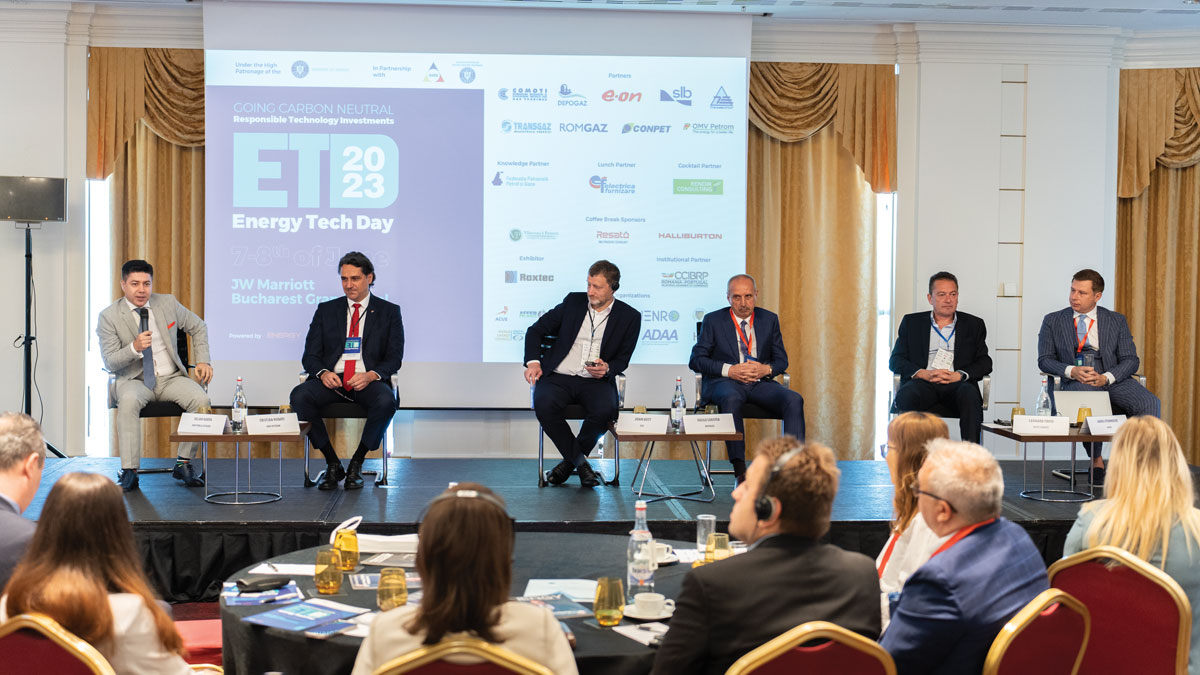
A careful scrutiny of the National Hydrogen Strategy for Romania from Catalin Stancu – Associated Senior Expert, Horváth, was highly appreciated by the audience. He reminded that the implementation of hydrogen projects will have a significant contribution towards meeting Romania’s decarbonisation target in 2030. Most of the main components in the levelized cost of hydrogen show decreasing costs in the next decade, he also pointed out. Following the preliminary analysis, five areas have been identified and show the basic conditions to support the ecosystems required by hydrogen valleys: 1. Bucharest-Ploiesti-Targoviste-Pitesti; 2. Constanta-Medgidia-Calarasi-Slobozia; 3. Cluj-Targu Mures-Sighisoara-Sibiu-Sebes; 4. Galati-Braila-Tulcea; 5. Craiova-Slatina-Targu Jiu. Also, national funding programs are available for the entire value chain, complemented by international programs.
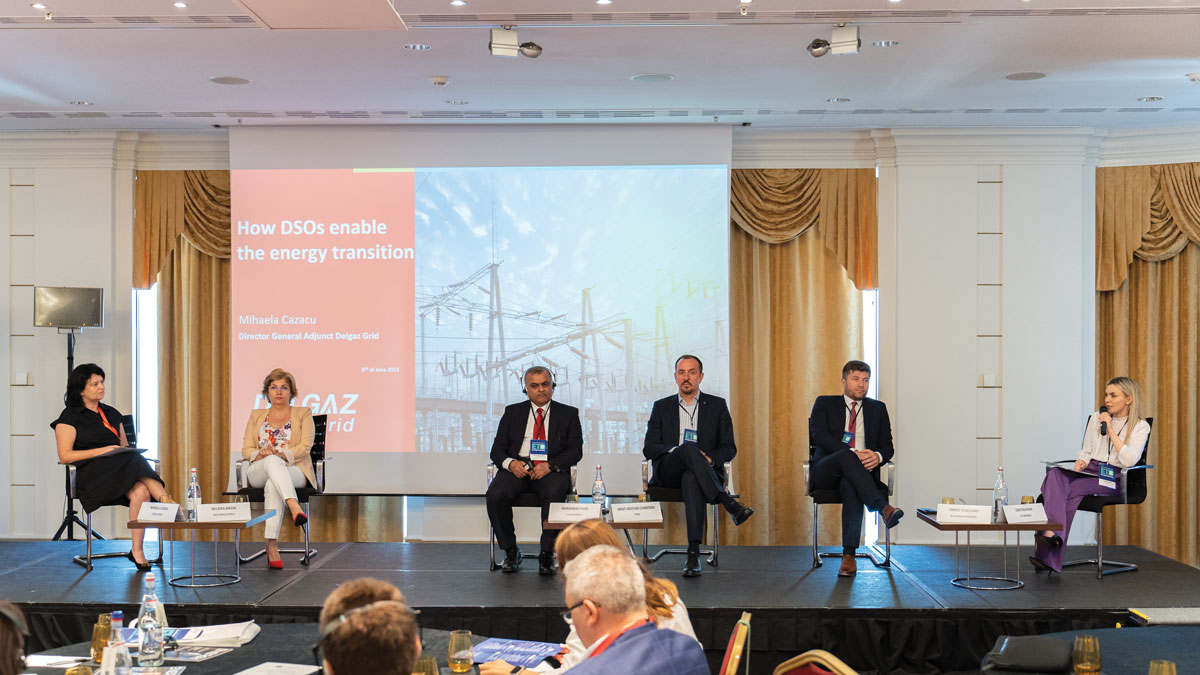
It is infrastructure that dictates the pace and direction of the energy transition, as the link between points of production and points of consumption. And the unprecedented growth in the number of prosumers, as well as the installation of many charging stations for electric cars, requires at the national level to increase current investments by at least 50% to meet climate and energy targets, said Mihaela Cazacu – Deputy General Director, Delgaz Grid. Green energy needs to reach end-customers in an efficient and secure way. Transition of the energy mix to a climate sustainable configuration is a necessary but not sufficient condition if the power grids cannot take up and distribute the renewable energy produced, said Mihaela Cazacu. In 2023, Delgaz Grid’s investments for grid modernisation amount to around EUR 185 million, up about 40% from last year and will remain at a high and even slightly increasing level in the coming years. By 2030, the company plans to invest around EUR 2.2 billion, of which around EUR 700 million will be European funds.
Mohammad Yasir – Industry Solutions Advisor, Halliburton, surprised the audience with a fresh approach to a digital pathway towards reaching emission goals and targets. The Envana software provides digital solutions generating actionable recommendations for emissions improvement through asset lifecycle, designed by O&G practitioners for O&G companies. This solution bridges the gap between engineering, operations, and corporate sustainability to enable organizations to plan and track emission reductions. With its centralized dashboard, the software seeks to empower E&P teams to achieve emission abatement and sustainability goals by tracking, measuring, and analysing the emissions impact of engineering and business decisions. With its powerful API, Envana enables field and well design teams to understand the emissions impact of their design decisions.
A plea about natural gas as a main enabler for the energy transition was made by the Oil and Gas Employers’ Federation representative Ionut Ciubotaru. Not only does natural gas play a crucial role in balancing renewable assets in the energy transition, but it also provides essential support as ancillary services to the grid, ensuring stability and reliability and providing flexibility in supply, adapting to variable energy demand, and complementing intermittent renewable sources. Natural gas also strengthens Romania’s position within the European energy market, fostering energy independence and regional cooperation, Ionut Ciubotaru underscored.
Energy security and stability through nuclear energy was another key item on the conference agenda. Melania Amuza – Deputy General Director, Commercial and Development, Nuclearelectrica (SNN), delivered an exhaustive presentation on company’s projects to meet Romania’s decarbonisation targets. SNN mainly focuses on refurbishment/life extension of Unit 1; new CANDU units (Unit 3 to be operational by 2030 and Unit 4 by 2031); Cernavoda Tritium Removal Facility (CTRF); deploying NuScale technology in Romania. CTRF is beneficial during the refurbishment as well as decommissioning of CANDU Units, creating a safe environment for the work force involved. It represents an opportunity for contribution to global tritium supply for fusion, mainly with respect to ITER (the International Thermonuclear Experimental Reactor) as well as to recover and use He3 resulted from tritium disintegration.
As a pathway to a safe energy transition, Daniel Vlasceanu – Partner, Vlasceanu & Partners, raised the issue of the dual use of lands for the development of RES projects, along with the ongoing regulatory challenges, the conditions to be met by the targeted lands and the potential benefits of such projects for both landowners and developers. The leading ideas outlined focused on: the best practices implemented/targeted by the relevant authorities and the economic operators in the energy sector to ensure a fair energy transition and to cope with the challenges of the European Green Deal; technologies and smart solutions with impact and cost savings arising from the activities in the production, distribution and storage chain, while reducing CO2 emissions; the legal framework for encouraging and facilitating investments in green energy, tools for financing the energy industry and the strategy of Romania for achieving the energy targets undertaken at the EU level.
Responsible technology investments in the new energy market
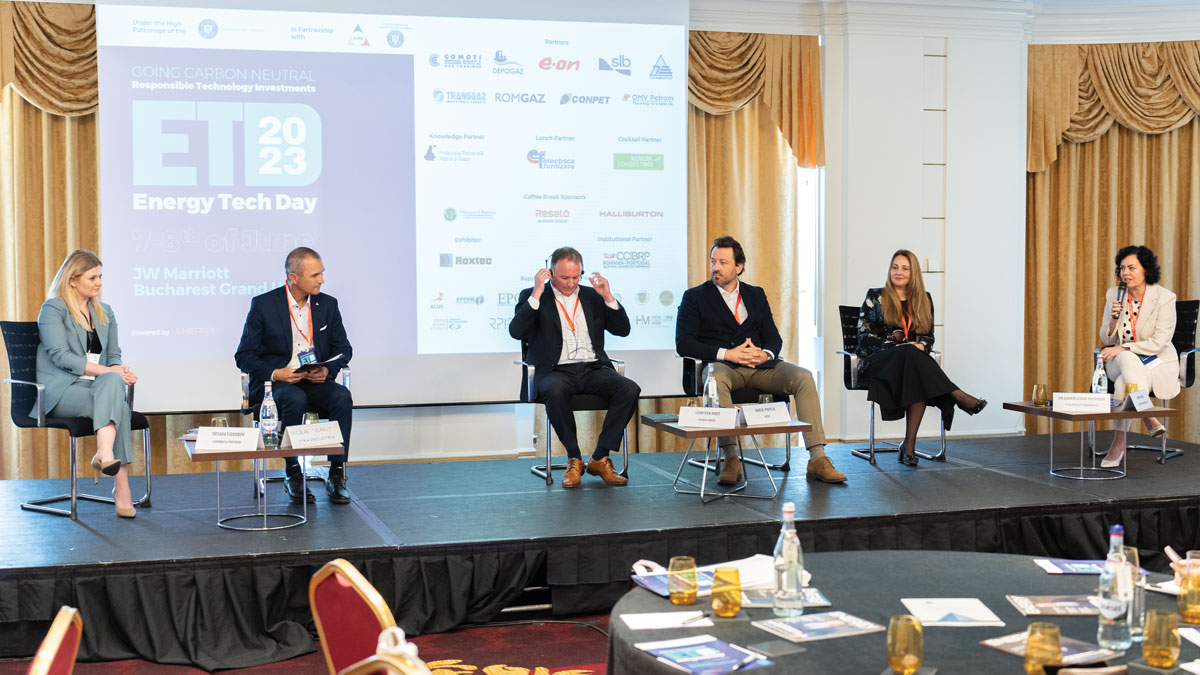
How to transfer the technical experience gained in the operation of offshore oil and gas platforms to offshore wind turbines was the topic of Dr Gabriela Dan-Unterseh – Senior Business Developer Offshore Wind North and East Europe, TotalEnergies Renewables. As part of its ambition to get to net zero by 2050, TotalEnergies is building a portfolio of activities in renewables and electricity. At the end of September 2021, TotalEnergies’ gross renewable electricity generation capacity was 10 GW. The company continues to expand this business to reach 35 GW of gross production capacity from renewable sources by 2025, and then 100 GW by 2030 with the objective of being among the world’s top 5 producers of electricity from wind and solar energy.
Leon Van Hout – Head of Operations MEENA, Renoir Group, talked about operational excellence as the key lever for decarbonization. Considering that the path towards carbon neutrality is through the integration of operational excellence and sustainability, he came to the following conclusions: effectiveness of any improvement activities depends on acceptance of it; achieving compliance to any implemented solution is not the desired endpoint, sustainability is; without consequences you will not achieve the desired behaviour, no matter the quality of the antecedents. For over 26 years Renoir has supported clients across the globe in transforming their businesses, partnering with them to realise measurable operational and financial benefits.
Transelectrica’s investments in the development and digitalization of the power transmission grid (PTG) through new technologies were presented by Nicolae Vladut – Director of Energy Efficiency and New Technologies Department. The company is carrying out important pilot projects for Smart Grid concept implementation and PTG digitisation. One of the most representative investments and also a unique project in Romania and South-East Europe is the refurbishment of the 220/110/20 kV Alba Iulia substation into a digital substation concept (approximately EUR 47 million). Another significant project is the refurbishment of the Mostistea substation, in the Bucharest Transmission Branch area, in the concept of a digital substation, with reduced environmental impact. Another investment is the online monitoring system integrated by Smart Grid technology of 21 transformer units in Transelectrica substations. Also worth mentioning is the investment in an integrated online monitoring system for 400 KV overhead power lines, on interconnection lines and power discharge lines from the Cernavoda nuclear power plant and renewable energy plants in the Dobrogea area (approximately EUR 10 million).
Talking about synergy between energy storage and EV charging stations, Daniel Pintilie – Renewables Expert, AFEER, highlighted the need to overcome challenges and build an unbreakable grid. While growth in wind & solar has been explosive, energy storage is still in the early innings. Batteries and other storage technologies will play a critical role in maximizing the value of renewables by storing excess energy when the sun is shining, and wind is blowing. Although many investors remain sceptical – wondering if the technology is ready for prime time, Daniel Pintilie argues that we’re on the cusp of massive innovation and cost reductions.
Last but not least, Tatiana Fiodorov – Managing Partner, Fiodorov & Partners and Legal & Regulatory Director at FEL Romania, presented the latest news on the organisation of the electricity market. The three key objectives include protecting and empowering consumers; increasing the role of renewable energy in the energy sector; increasing predictability and stability of energy costs to boost industrial competitiveness. Associated measures relate to diversification of contract types for consumers; long term market: PPAs, CfDs, forward market; short term market: boost the role of flexibility, more storage, more demand response. National and EU regulations and the next steps in the process were also mentioned.


